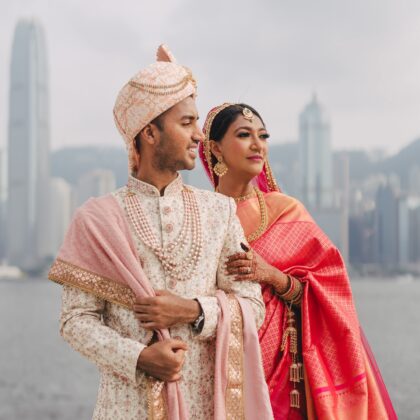Life has a very strange way of not going the way you want it to, but most of the time, out of a bad situation, something great will emerge. Much is true of how I met Jules Standish: looking up at the screen at Guildford station during my holiday back in England, I was frustrated to see that due to an earlier fatality, there were no trains running to London. Jules, stood next to me, was similarly frustrated as she was trying to get to London for a talk about her new book, How Not to Wear Black. As we were trying to conduct an alternative plan along with the rest of the crowd, Jules quickly turned to me and said, “Right, I’m going to have to drive. Are you coming with me?”
I don’t normally jump into cars with strangers, but there was something about this situation that didn’t seem frightening or threatening, so myself and another lady on her way to see Take That were kindly driven up to London by Jules, racing against time and traffic to reach John Lewis in time for her talk. On the journey we learnt all about Jules’ book and her feelings about the colour black.
 Jules is a colour consultant who believes that a lot of women are wearing black in the wrong way, which, rather than making them look slim and chic as is the popular belief, actually accentuates flaws, making them look drained and much older than their age. Jules’ book is the first self help book of its kind which looks at the psychology behind the reasons women wear black and gives the reader a chance to find out whether black is a suitable colour for their temperament and genetic skin colouring.
Jules is a colour consultant who believes that a lot of women are wearing black in the wrong way, which, rather than making them look slim and chic as is the popular belief, actually accentuates flaws, making them look drained and much older than their age. Jules’ book is the first self help book of its kind which looks at the psychology behind the reasons women wear black and gives the reader a chance to find out whether black is a suitable colour for their temperament and genetic skin colouring.
I conducted an interview with Jules which tells us a little more about How Not to Wear Black.
How long have you been in the colour consulting profession?
Nearly 7 years – I always wanted to be a stylist but when I did the colour course first I was completely blown away by how powerful colour was and how much it could change your looks. There is no point making your shape look better if your face looks older and unhealthy!
What do you think are the main reasons that a lot of women today wear black?
The colour black has become such a big part of our fashion culture, and designers and high street stores brainwash everyone into believing that black is THE colour to be seen in, particularly over the winter months. Most people use black as their staple wardrobe colour for work as well as socially, without realising that there are so many other more flattering colours they could be wearing.
It is also seen as the most slimming colour, so, particularly for overweight women, black has become a colour to hide themselves in, making them feel invisible in a crowd. Black is only truly slimming on the cool winter colouring and melancholic personality type.
What are the effects that wearing black can have on those who are unable to wear it?
On a warm skin tone black will flatten the complexion, draining it of colour. All the dark lines, shadows under the chin, dark circles under the eyes, wrinkles and lines will be highlighted. Any “moustache” effect above the lips will become noticeable along with dark roots in highlighted hair! Even summer cool skin tones need to beware of black up against the face, as it will be just as detrimental to these complexions too.
Having told someone that black is not in their colour range, is it easy for them to cut it out of their wardrobe entirely?
Some people want to cut black out of their wardrobe altogether but others find it too difficult or want to carry on wearing it but need to be shown how to do it. Finding out your own individual colour palette is key. Accessories are a fabulous way to add some colour up against your face, particularly through using scarves or jewellery. A neutral coloured shirt or top will also work well with a black jacket. Wearing black as a v-neck or away from the face allows the natural skin to reflect up against the face and not black.
There is even a chapter for men in your book! Does black have the same effect on men as it does on us women?
Yes it does. Men don’t have the advantage of camouflaging their facial flaws with make up, so it is even more important for men to get their colours right, particularly as they age. Men are becoming much more conscious of their image and colour is key to the way they present themselves in business as well as socially.
Black is a colour that most people wear for work, as it is smart and chic. What would you suggest as an alternative?
There are other neutral colours that can be combined to suit each individual’s colour palette. For instance dark blue can look equally as smart as black, as can dark grey, and for the autumns in certain situations, dark brown.
How Not to Wear Black is not yet available to buy in Hong Kong bookshops but can be purchased online from sites such as Amazon.com. Order yours now to find out if you are one of the lucky few who can truly carry off wearing black, or if you need to follow Jules’ tips on how to look great and age gracefully by learning what alternative colours should be worn, or how to continue wearing black without damaging your complexion. Since meeting Jules and reading her book, I have certainly started to rethink my wardrobe and know I need to add more colour to my life.





 Eat & Drink
Eat & Drink
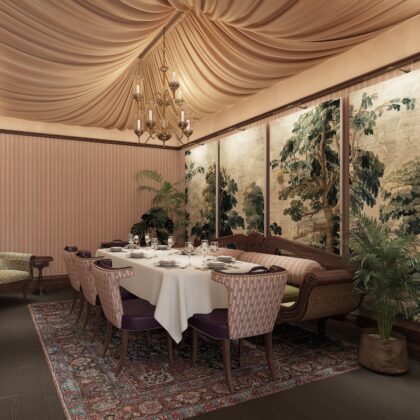
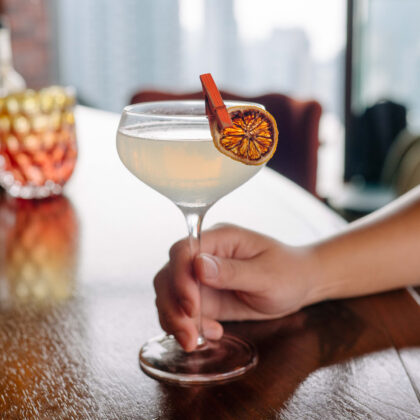

 Travel
Travel



 Style
Style
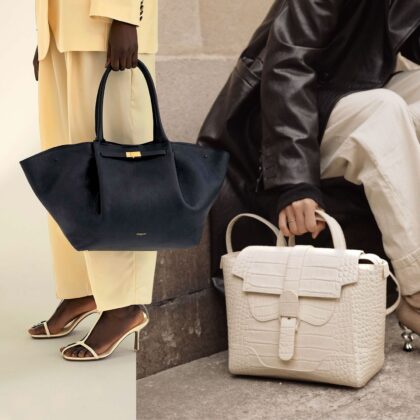
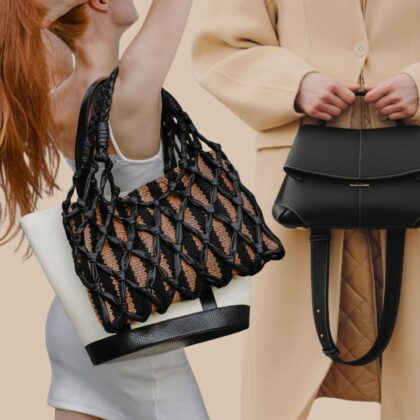

 Beauty
Beauty

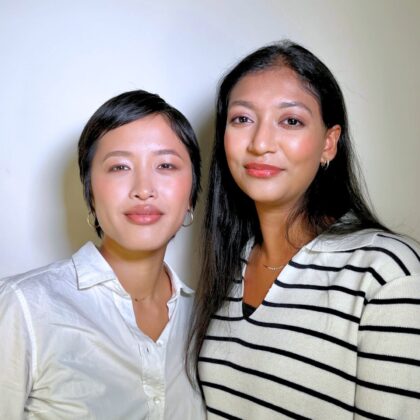

 Health & Wellness
Health & Wellness
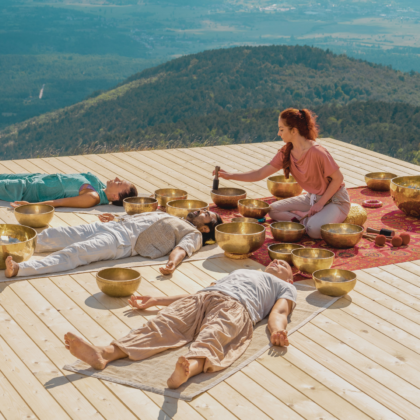


 Home & Decor
Home & Decor
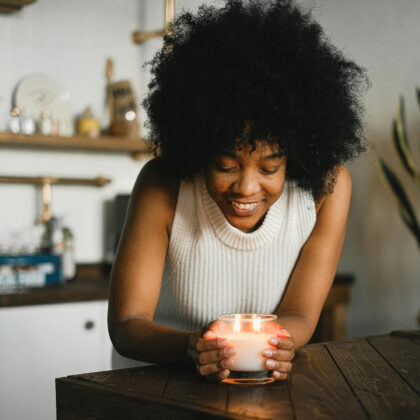

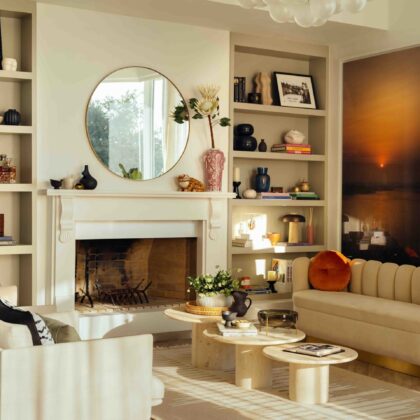
 Lifestyle
Lifestyle

 Weddings
Weddings


